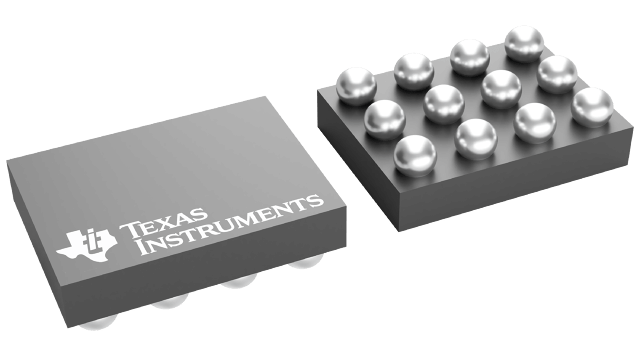Texas Instruments
LM34917ATL/NOPB
LM34917ATL/NOPB
Couldn't load pickup availability
LM34917ATL/NOPB Texas Instruments - Yeehing Electronics
2.3x2mm, 8-33V, 1.25A, Constant On-Time Non-Synchronous Buck Regulator w/ Intelligent Current Limit
Pricing (USD)
| Quantity | Unit Price |
| 1 — 99 | 2.64 |
| 100 — 249 | 2.313 |
| 250 — 999 | 1.622 |
| 1,000 + | 0.91 |
The above prices are for reference only.
Specifications
| Manufacturer | Texas Instruments |
| Product Category | Switching Voltage Regulators |
| RoHS | Y |
| Mounting Style | SMD/SMT |
| Package / Case | DSBGA-12 |
| Output Voltage | 2.5 V to 30 V |
| Output Current | 1.25 A |
| Number of Outputs | 1 Output |
| Input Voltage MAX | 33 V |
| Topology | Buck |
| Input Voltage MIN | 8 V |
| Switching Frequency | 1600 kHz to 2600 kHz |
| Minimum Operating Temperature | - 40 C |
| Maximum Operating Temperature | + 125 C |
| Series | LM34917A |
| Packaging | Reel |
| Operating Temperature Range | - 40 C to + 125 C |
| Type | Step Down |
| Brand | Texas Instruments |
| Development Kit | LM34917AEVAL |
| Operating Supply Current | 680 uA |
| Product Type | Switching Voltage Regulators |
| Factory Pack Quantity | 250 |
| Subcategory | PMIC - Power Management ICs |
| Supply Voltage - Min | 8 V |
For more information, please refer to datasheet
Documents
| LM34917ATL/NOPB Datasheet |
More Information
The LM34917A Step-Down Switching Regulator features all the functions needed to implement a low cost, efficient, buck bias regulator capable of supplying at least 1.25A to the load. To reduce excessive switch current due to the possibility of a saturating inductor the valley current limit threshold changes with input and output voltages, and the on-time is reduced when current limit is detected. This buck regulator contains an N-Channel Buck Switch, and is available in the 12 pin DSBGA package. The constant on-time feedback regulation scheme requires no loop compensation, results in fast load transient response, and simplifies circuit implementation. The operating frequency remains constant with line and load variations due to the inverse relationship between the input voltage and the on-time. The valley current limit results in a smooth transition from constant voltage to constant current mode when current limit is detected, reducing the frequency and output voltage, without the use of foldback. Additional features include: VCC under-voltage lock-out, input over-voltage shutdown, thermal shutdown, gate drive under-voltage lock-out, and maximum duty cycle limit.

